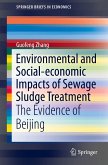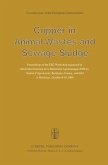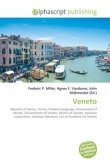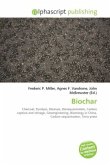Activated sludge is a process dealing with the treatment of sewage and industrial wastewaters and developed around 1912-1914. Atmospheric air or pure oxygen is introduced to a mixture of primary treated or screened sewage (or industrial wastewater) combined with organisms to develop a biological floc which reduces the organic content of the sewage. The combination of raw sewage (or industrial wastewater) and biological mass is commonly known as Mixed Liquor. In all activated sludge plants, once the sewage (or industrial wastewater) has received sufficient treatment, excess mixed liquor is discharged into settling tanks and the treated supernatant is run off to undergo further treatment before discharge. Part of the settled material, the sludge, is returned to the head of the aeration system to re-seed the new sewage (or industrial wastewater) entering the tank. This fraction of the floc is called Return Activated Sludge (R.A.S.). Excess sludge which eventually accumulates beyond what is returned is called Waste Activated Sludge (W.A.S.). W.A.S is removed from the treatment process to keep the ratio of biomass to food supplied (sewage or wastewater) in balance.








